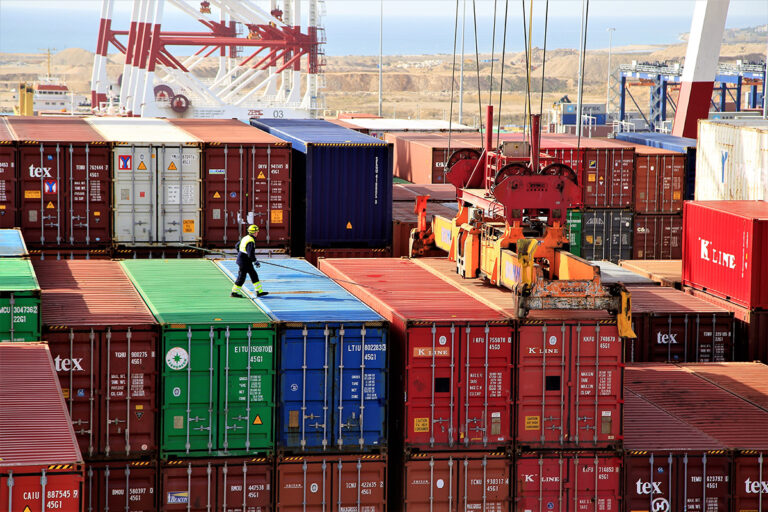
Category Works, Skills, Industry
With nearly 42% of Canadian jobs likely to be affected in some way by automation over the next two decades, and with the disruptive nature of social media, unprecedented access to big data, and analytic advances, all aspects of the workforce and management will need to adapt.


Working one day a week in person might be the key to happier, more productive employees

Gig platforms help immigrant care workers find jobs, but they are only a temporary solution

Gender inequality is still rampant in the maritime longshore profession

Uber Eats’ cannabis delivery partnership with Leafly is mostly smoke and mirrors

Amid flight cancellations and airport chaos, is it worth traveling right now?

Calls for ‘ethical oil’ are pushing Canada to become a petro-state

How rural Canada can attract and retain international health-care providers: Address discrimination, provide support

It’s not just that Canadian restaurant workers have left — many have yet to arrive

What China’s plans to decarbonize its economy mean for Canada’s energy exports

The right to disconnect: Why legislation doesn’t address the real problems with work


